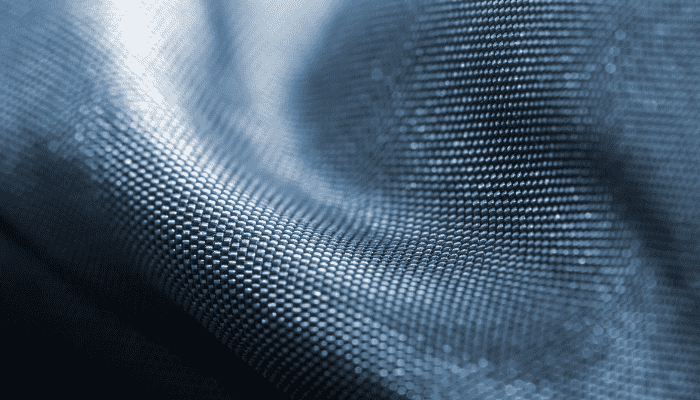When choosing a duffle bag for your travels, one of the most crucial aspects is the material it’s made from. The material determines the bag’s durability and impacts its functionality, weight, capacity, price, and even style. Let’s dive into the world of duffle bag materials to help you make an informed decision. The Importance of Duffle Bag Materials
A duffle bag is a reliable companion on our journeys, whether a weekend getaway, a business trip, or an adventurous expedition. The right material can make all the difference. It must withstand the rigors of travel, protect our belongings, and suit our specific travel requirements.
Common Materials and Their Characteristics
Nylon
Nylon is a popular choice for duffle bags, and for good reason. It offers exceptional strength and abrasion resistance. Imagine dragging your bag through airport terminals, over rough terrains during a hike, or squeezing it into tight storage compartments. Nylon can handle all that without showing signs of wear and tear easily. For instance, many outdoor enthusiasts rely on nylon duffle bags during their backpacking trips in the mountains. Its lightweight nature is another huge plus. You won’t feel like you’re lugging around a heavy burden, which is especially important when you have to carry your bag for extended periods. Take a look at some of the well-known adventure brands like Patagonia. They use nylon in their duffle bags, which are not only durable but also perfect for those who are constantly on the move. And let’s not forget about its waterproof properties. A sudden rainstorm or an accidental spill won’t be a disaster as nylon will keep your clothes and electronics dry. This makes it suitable for a wide range of travel scenarios, from urban commutes to outdoor adventures.
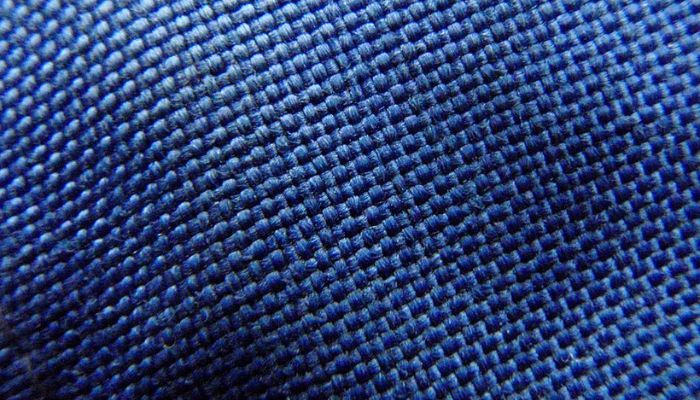
Canvas
Canvas has a charm of its own. It’s known for its sturdiness and ability to endure heavy use over time. A well-made canvas duffle bag can last for years, even with regular trips. The unique texture and appearance of the canvas give it a retro or casual vibe that many travelers love. It’s like a statement piece that adds character to your travels. However, the canvas is relatively heavier compared to nylon. But that doesn’t mean it’s a drawback in every situation. If you’re going on a laid-back vacation where you won’t be constantly on the go or if it’s a short trip and weight isn’t a major concern, a canvas duffle bag can be a great choice. Its breathability is also a plus. When you pack your clothes, especially after a sweaty day of activities, the breathable nature of canvas helps prevent unpleasant odors and moisture buildup. So, if you’re planning a beach holiday or a countryside retreat, a canvas bag might just be the perfect fit.
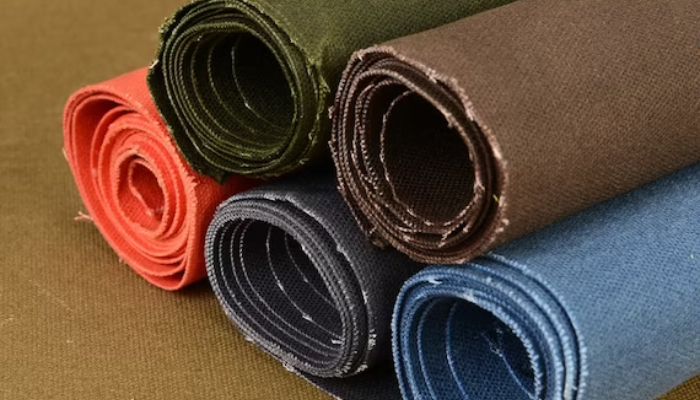
Leather
Leather duffle bags exude elegance and sophistication. They are the go-to option for business travelers or those who want to make a stylish statement during their travels. The high-quality look and feel of leather instantly upgrade your travel ensemble. Leather is also quite durable. With proper care, it can age gracefully and last a long time. But it comes with its own set of challenges. Leather is heavier, which can be a consideration if you have to carry it around a lot. And it requires regular maintenance. You need to clean and condition it to prevent cracking and fading. This means investing both time and money into its upkeep. Brands like Tumi offer luxurious leather duffle bags that are popular among business executives and luxury travelers. These bags are not just for carrying belongings but also for making a fashion statement in the corporate or high-end travel world.
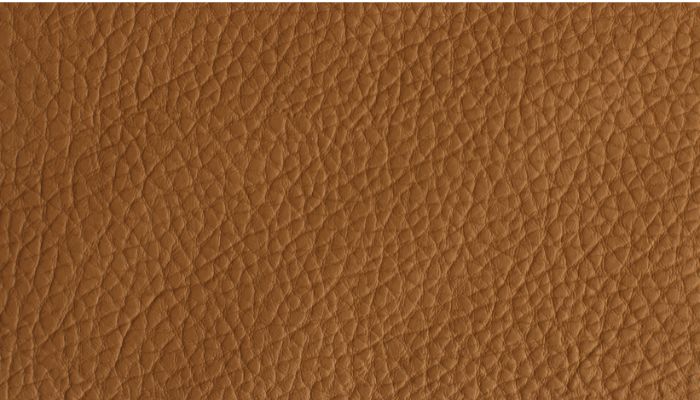
Special Functional Materials
Waterproof Coating Materials
Many duffle bags come with a waterproof coating added to the base material, whether it’s nylon or canvas. The principle behind this is simple. The coating creates a barrier that repels water, preventing it from seeping into the bag. Compare a regular nylon duffle bag to one with a waterproof coating. The latter will keep your items completely dry even in heavy downpours or when placed on a wet surface. For example, if you’re traveling to a place with frequent rain showers, like Seattle or London, a waterproof coated duffle bag will be a lifesaver. However, over time, the waterproof coating can wear off. You might notice that after several trips, the bag starts to let in a bit of moisture. In such cases, there are waterproofing sprays available in the market that can help restore the coating. However, it’s important to note that these sprays might not provide the same level of protection as the original factory coating.
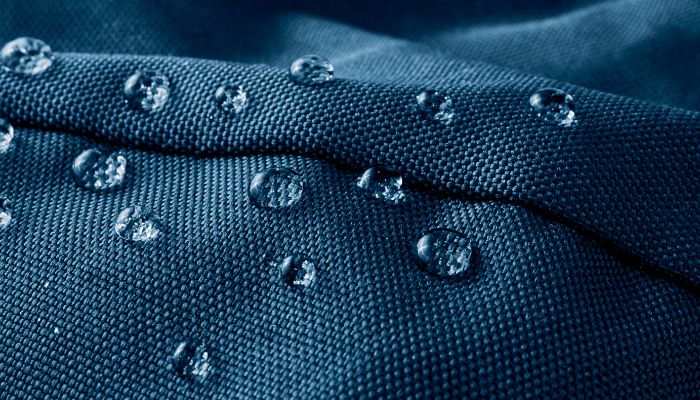
Tear-Resistant Materials
Tear-resistant materials are a boon for outdoor adventurers. These materials are constructed in a way that makes them highly resistant to tearing. They often have a special weave or incorporate reinforcing fibers. Think about a hiker making their way through a dense forest. There are branches, thorns, and rough rocks all around. A regular duffle bag might get torn easily, but a tear-resistant one will hold up. For example, some military-grade duffle bags are made with such materials. In a test, a tear-resistant bag was dragged over sharp rocks and branches, and it only had minimal scratches while a normal bag got ripped. This shows the significant advantage of using tear-resistant materials in situations where your bag is exposed to potential damage.
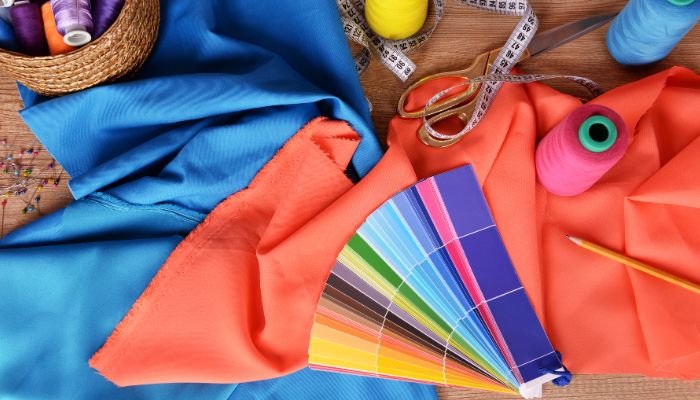
The Impact of Materials on Weight, Capacity, and Price
Weight
The weight of a duffle bag can greatly affect your travel experience. Nylon is the lightest among the common materials. A medium-sized nylon duffle bag might weigh only a few pounds, making it easy to carry around. Canvas is heavier, and a similar-sized canvas bag could weigh a couple of pounds more. Leather is the heaviest, and a large leather duffle bag can be quite a load. When you’re traveling, especially if you have to carry the bag for long distances, like during a multi-day hike or when you have to rush through a large airport, the weight of the bag matters. If you’re flying, you also need to consider the airline’s baggage weight limits. A lighter bag gives you more flexibility to pack other essentials without exceeding the limit.
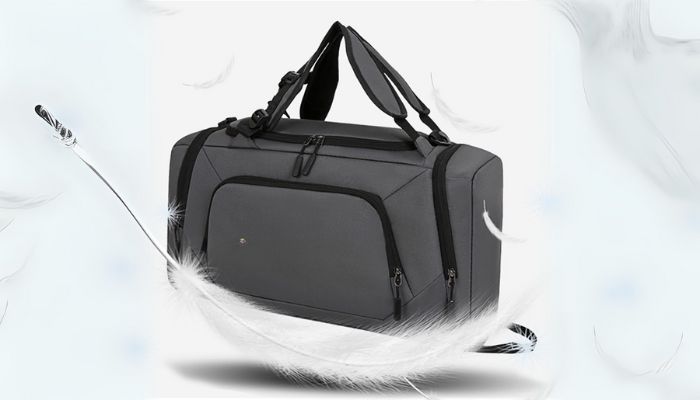
Capacity
The material’s thickness and flexibility play a role in the internal capacity of the duffle bag. Nylon, being thin and flexible, can often accommodate more items within the same external dimensions compared to thicker and stiffer materials like leather. For example, a nylon duffle bag might be able to fit an extra pair of shoes or a few more clothing items. When designing duffle bags, manufacturers also take advantage of the material’s properties. They might use a more flexible material to create expandable sections or design the interior with more compartments to optimize space. This way, you can make the most of the available space and pack more efficiently.
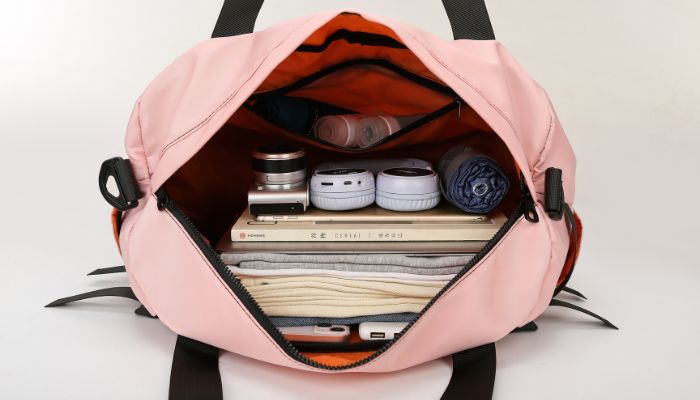
Price
There’s a significant difference in the cost of different materials. Leather is generally the most expensive. The high cost is due to the quality of the material and the craftsmanship involved in working with it. Brands that offer leather duffle bags often have a reputation for luxury and quality, which also adds to the price. Nylon and canvas are more affordable. Nylon is relatively inexpensive to produce, and there are many budget-friendly options available in the market. Canvas, while a bit more costly than nylon, still offers a good balance between price and quality. When choosing a duffle bag, you need to consider your budget. If you’re a frequent traveler on a tight budget, a nylon or canvas bag might be the better choice. But if you’re willing to invest more for a high-end, durable, and stylish option, leather could be worth considering.
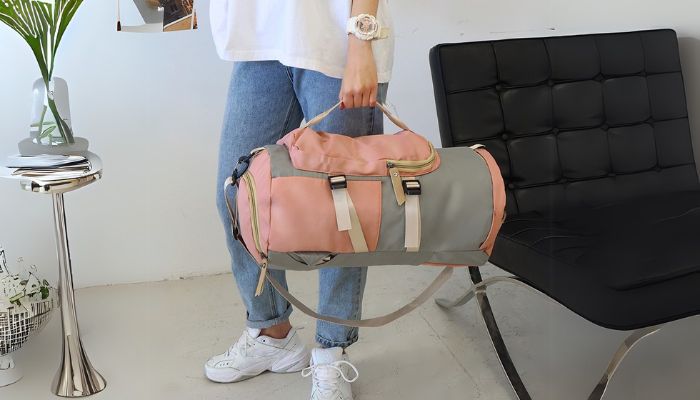
The Rise of Eco-Friendly Materials
Introduction to Eco-Friendly Materials
In recent years, there has been a growing trend towards using eco-friendly materials in duffle bag production. One example is recycled nylon. This is made by collecting and processing used nylon products, such as old fishing nets or discarded nylon clothing. Organic cotton canvas is another option. The cotton used is grown without the use of harmful pesticides and fertilizers, following strict environmental standards. These materials are not only better for the environment but also appeal to the increasing number of consumers who are conscious of sustainability.
Advantages and Challenges of Eco-Friendly Materials
The main advantage of eco-friendly materials is, of course, their environmental friendliness. They help reduce waste and pollution. However, they also come with some performance challenges. For instance, recycled nylon might not have the same strength as virgin nylon. There are ongoing efforts to improve the quality and strength of recycled nylon, but it’s still a concern for some users. Organic cotton canvas, while being a great natural alternative, might have issues with durability and waterproofing. Brands are constantly researching and developing new techniques to enhance the performance of these eco-friendly materials. The market for eco-friendly duffle bags is growing. More and more consumers are showing interest, and brands are starting to offer a wider range of options. But they also face the challenge of convincing consumers that these bags can perform as well as their non-eco-friendly counterparts.
Conclusion
In conclusion, each material has its own set of pros and cons when it comes to duffle bag construction. Nylon is great for its lightweight, durability, and waterproof properties, suitable for a wide range of travel types. Canvas offers a unique style and good durability with breathability, ideal for casual and short trips. Leather is the choice for those who want a luxurious and durable option, especially for business and formal travel. Special functional materials like waterproof coatings and tear-resistant weaves enhance the performance in specific situations. The material also affects the weight, capacity, and price of the bag. And with the rise of eco-friendly materials, we have new options that are better for the environment but still have room for improvement. When choosing a duffle bag, it’s essential to consider your personal travel habits, budget, aesthetic preferences, and functional requirements. Looking ahead, we can expect to see further advancements in materials. Maybe there will be even more durable and lightweight eco-friendly materials, or new coatings that offer better protection and longer durability. These developments will surely make our future travels even more convenient and enjoyable.



